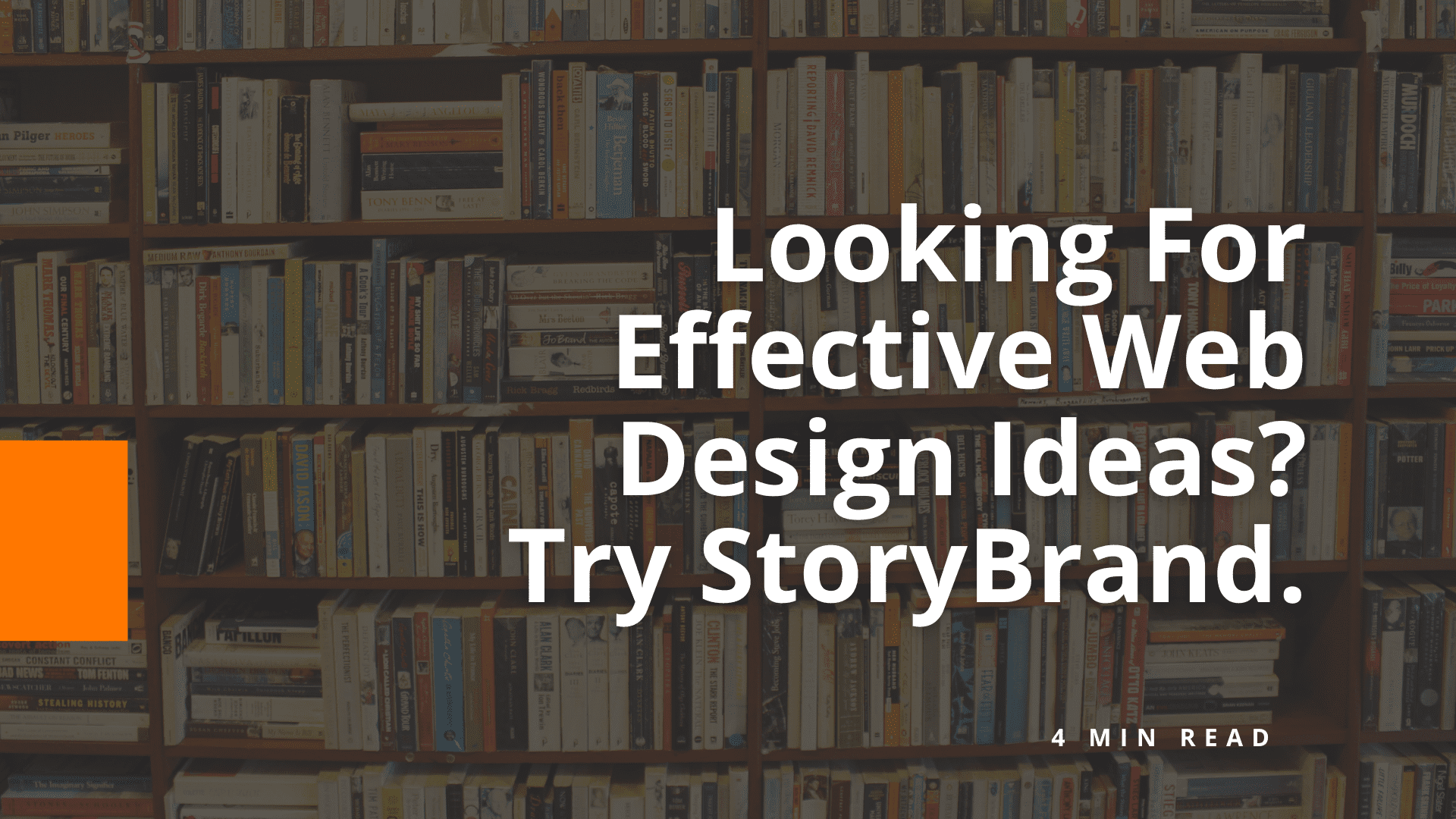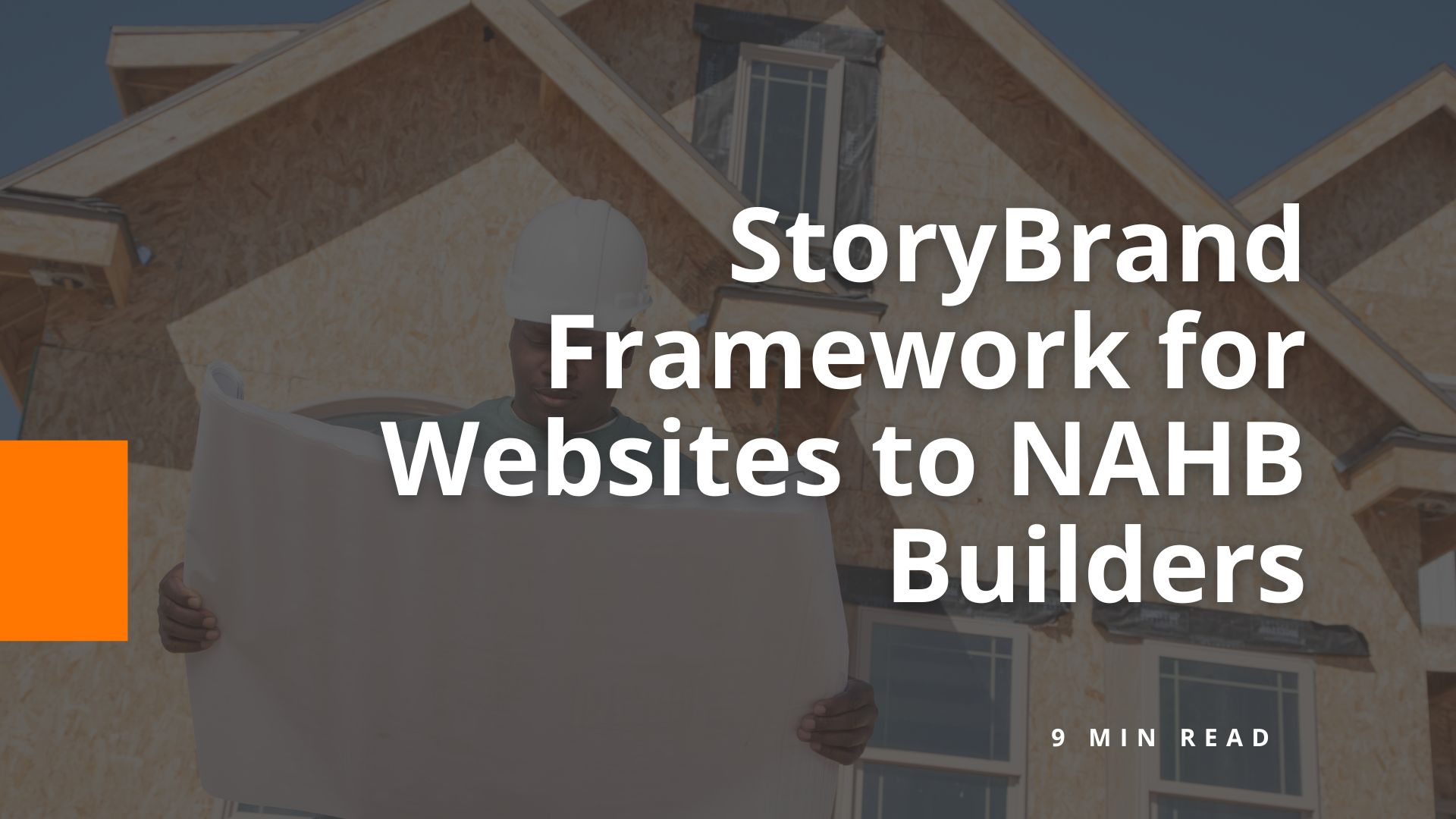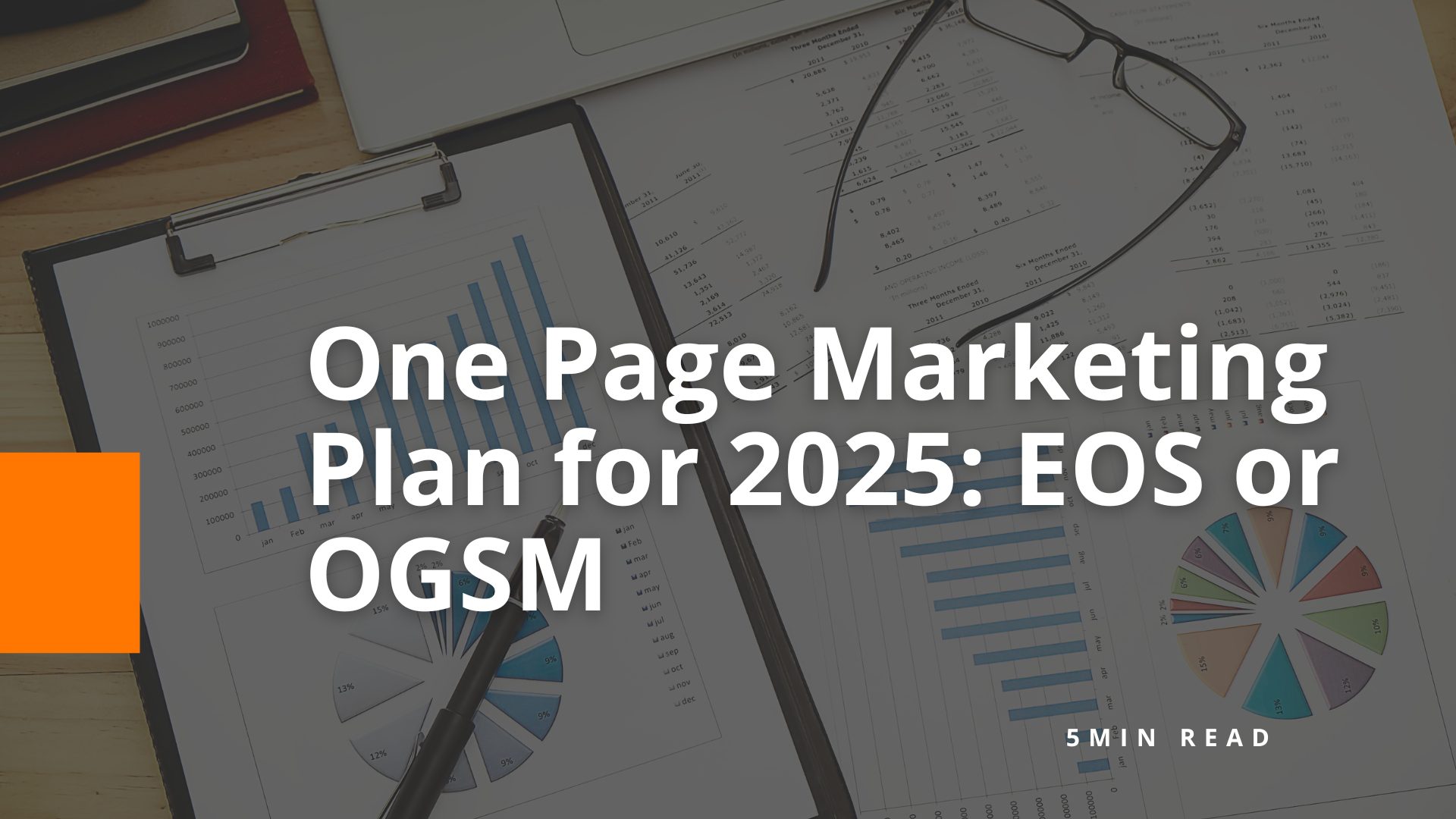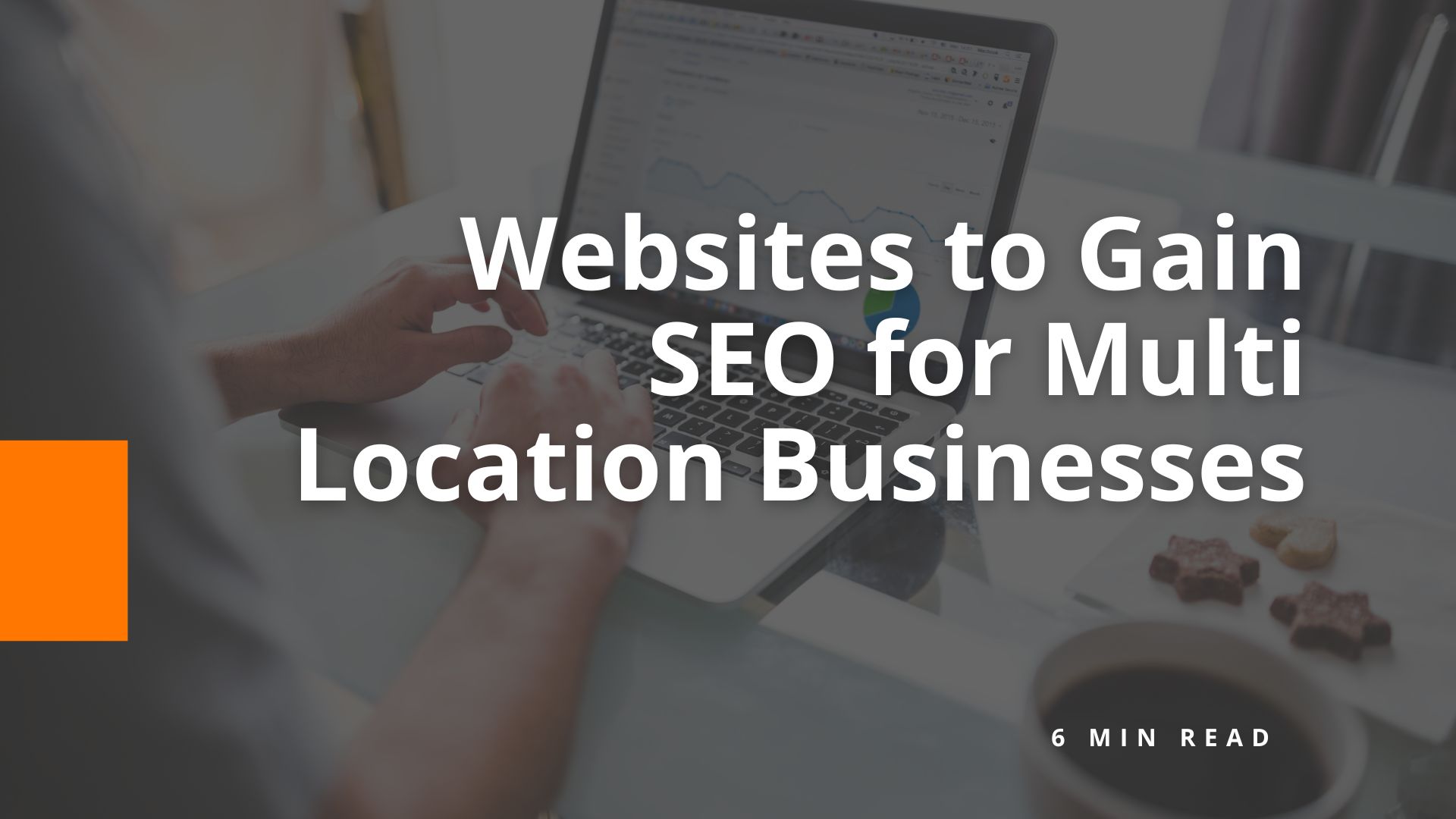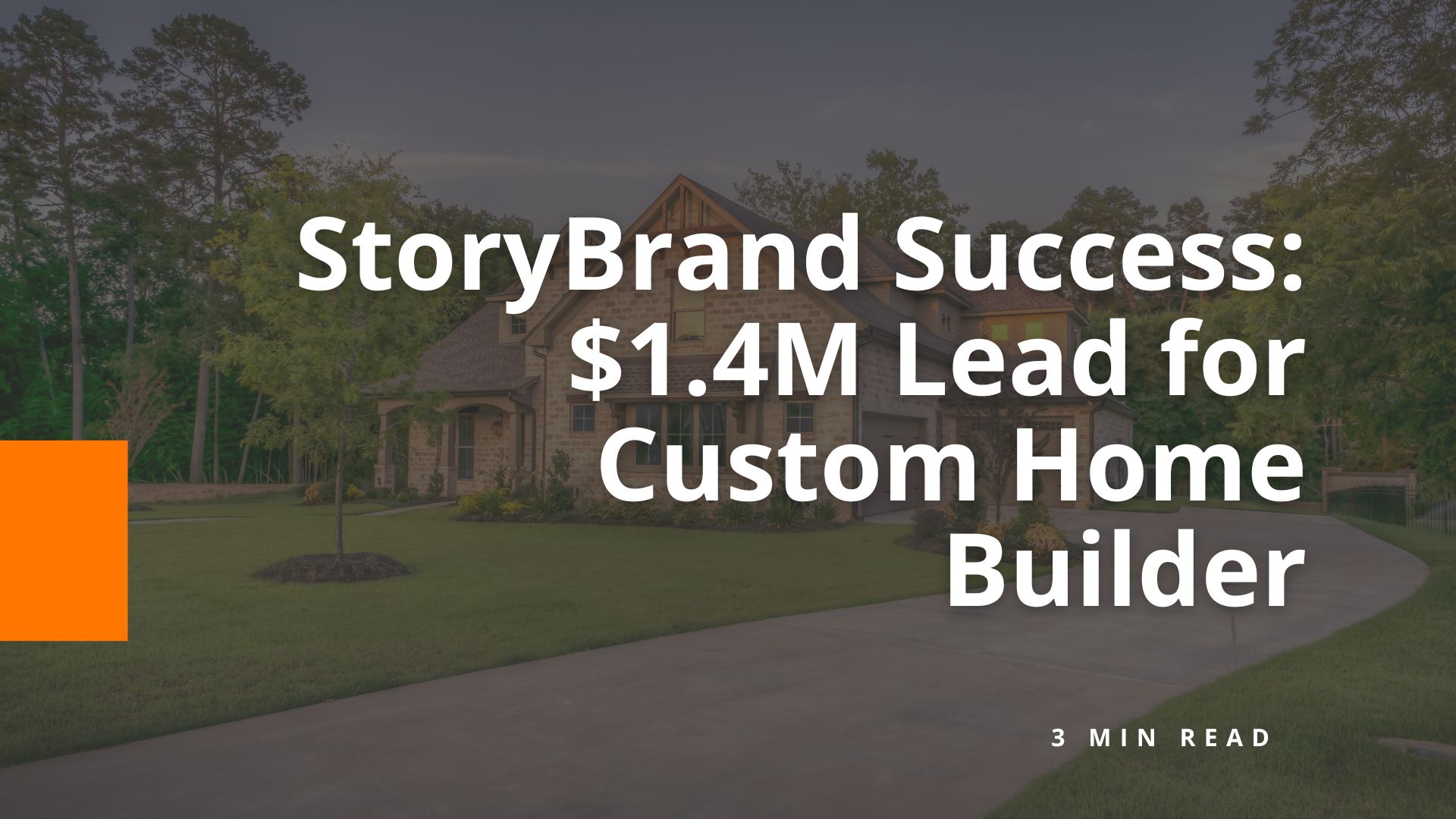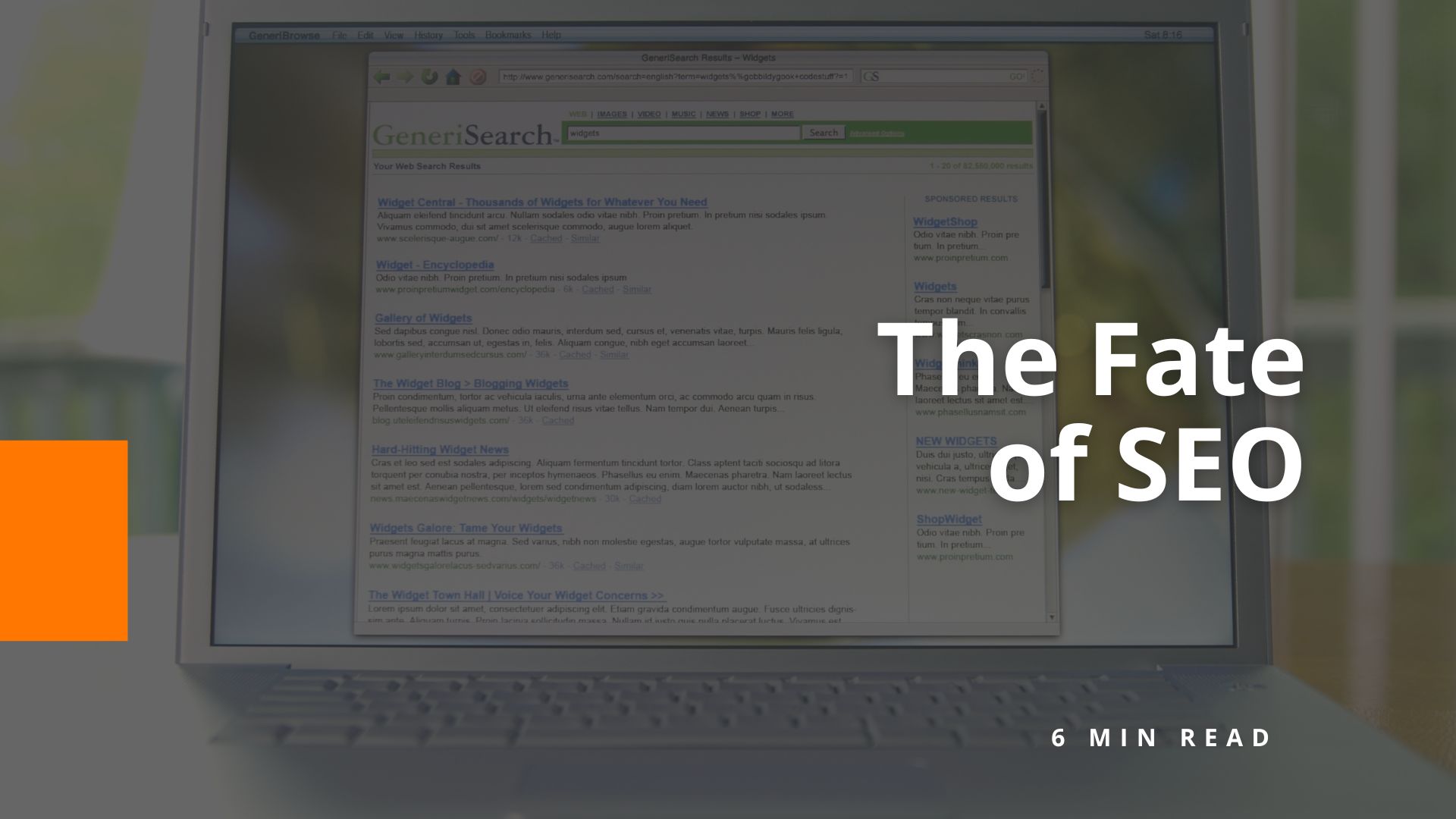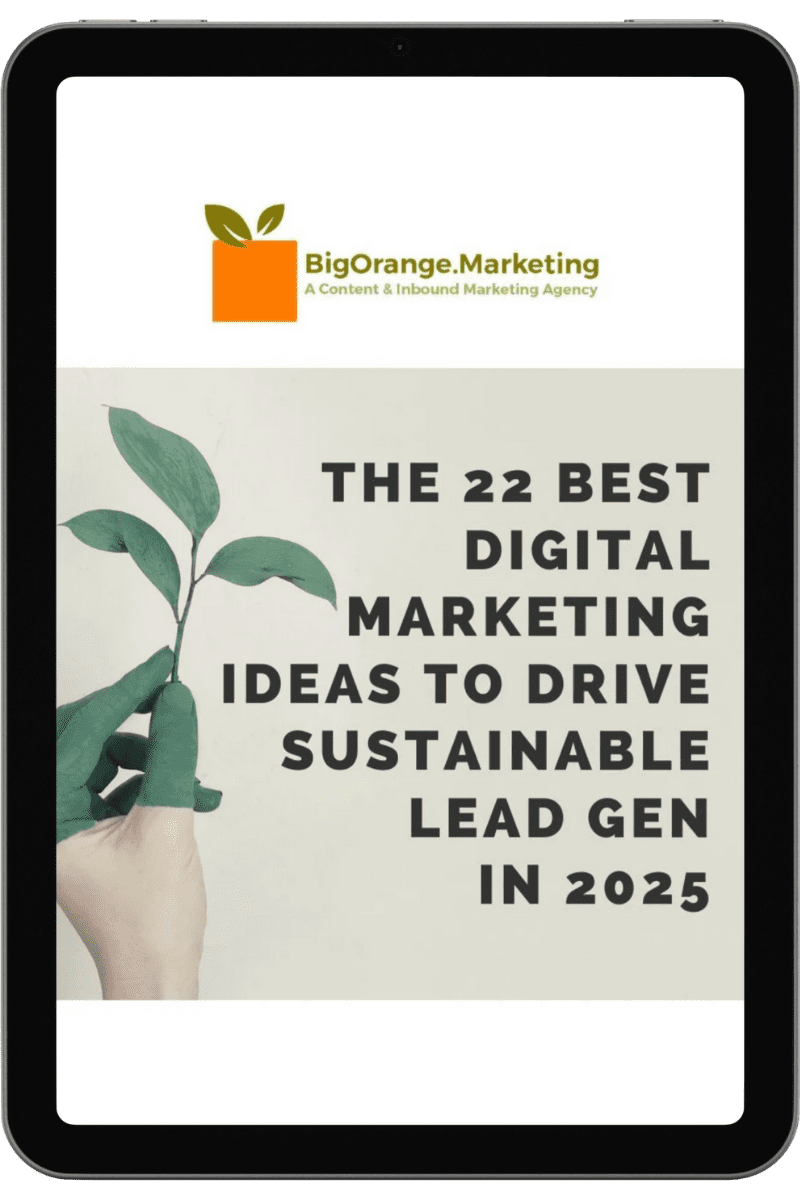Stalking? No. Retargeting!
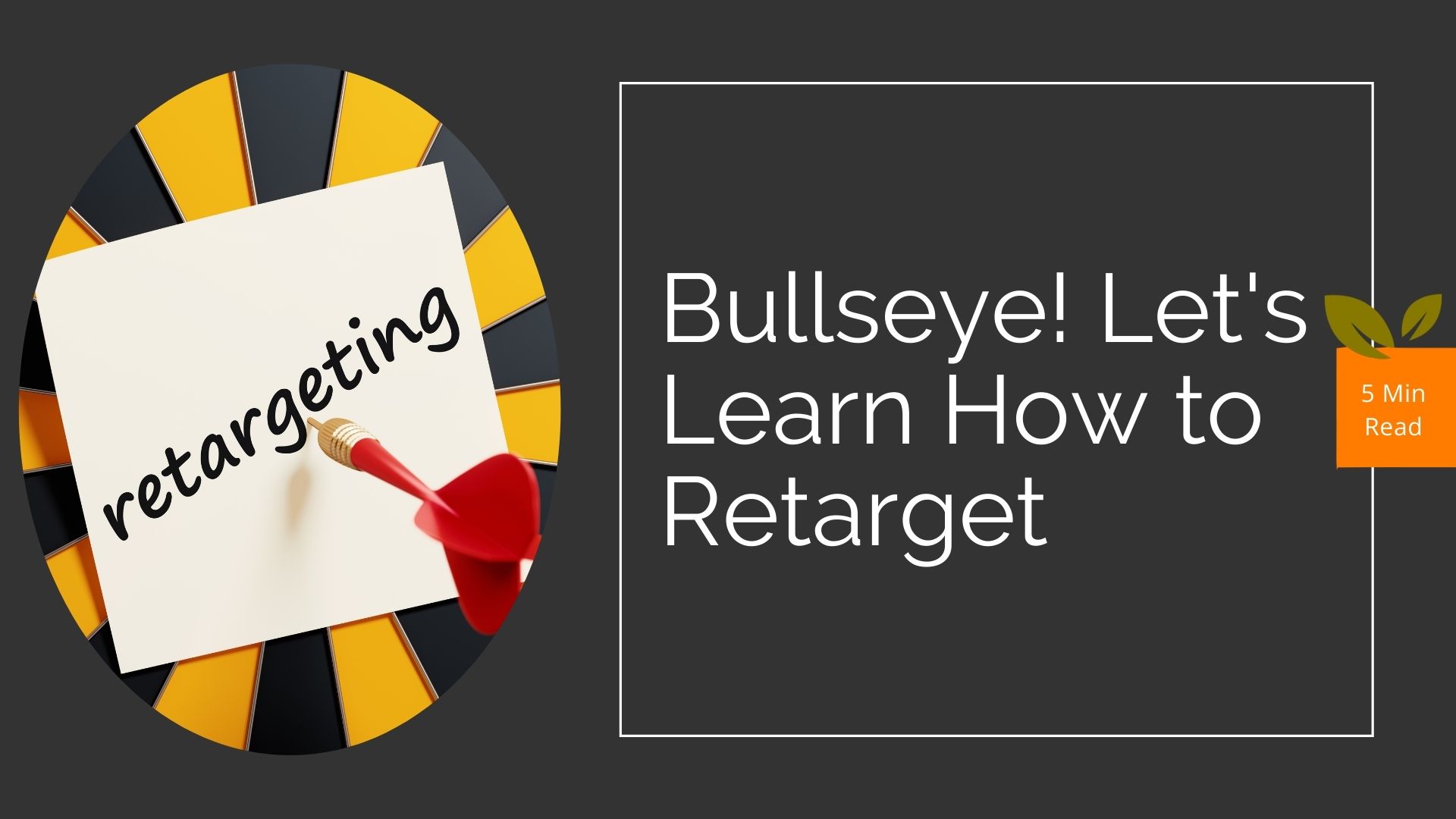
Do you, like Rockwell, always feel like somebody’s watching you? Have you ever seen an ad on Facebook for the same store (or exact product) you perused last week while online shopping? Rest assured: It’s not stalking, it’s retargeting; and your business can do it, too. We’re social media marketing pros, and we want to help you close deals by capturing the power of retargeting. Take a quick glance behind you and we’ll proceed with our deep dive into retargeting.
What is retargeting?
Retargeting, put simply, is the practice of marketing to pull in prospects and visitors who have yet to close a deal with your business.
Have you ever walked into a room, forgotten what you were looking for, and walked back out, never to remember it again? Retargeting helps consumers who do that by reminding them about an awesome product or service they missed out on. If they visited your website or social media pages without taking your desired action, like sharing their email or purchasing something, you can pursue them with retargeted advertising.
It might sound stalkerish, but there are actually many security checks in place to maintain consumer privacy. Your business will not be able to collect or view personal visitor information unless it is explicitly shared with you; Google policy requirements mandate this. Any code placed on your website to run an Internet-based advertising campaign cannot collect personally identifiable information (PII).
What’s the difference between retargeting and remarketing?
The primary difference between retargeting and remarketing is the type of consumer you are pursuing. Retargeting uses paid ads to target visitors of your website and social media. Its goal is to engage new audiences. Remarketing, on the other hand, uses email to target your existing customers; it often involves giving an incentive to make a repeat purchase.
Why is retargeting important?
Retargeting accomplishes six key goals of marketers: building brand awareness, driving conversions, completing the buyer’s journey, increasing CLTV, reducing cart abandonment and introducing new products.
First, retargeting generates brand awareness and visibility. Before going on a date, you’d probably want to interact with a person. Retargeting lets people get to know your brand and keeps you in front of their mind for when they become ready to make a purchase. If someone didn’t hear what you said the first three times you said it to their face, you’d probably figure out another way to communicate with them, right? The same strategy applies to marketing. It’s a common belief that customers need to hear your message about seven times before they decide to buy something from you.
Second, it drives conversions. In the world of inbound marketing, we want website visits to convert to leads. When people click on your ad, they will be redirected to a conversion path on your website. This could be a form to fill for a download or a newsletter.
Third, it completes the buyer’s journey. A staggering proportion of buyers (97 percent) visit websites and don’t make a purchase. There are three stages on the journey: the awareness stage, the consideration stage and the decision stage. Ultimately, you want the visitor to go through the whole process so that you gain a customer. You have to convince them that your goods or services are worth spending money on.
97 percent of new website visitors leave without making a purchase, never to return.
Fourth, it increases CLTV. CLTV, or customer lifetime value, is the expected revenue a customer will provide for the entirety of their time with your business. Customers who make repeat purchases from your business have a higher CLTV. It’s more cost effective to target existing customers than to find a new one. Plus, the higher a customer’s LTV, the more your investment in retargeting pays off.
Fifth, it reduces cart abandonment. If you run an ecommerce business, you know that a product in a virtual cart holds no benefit for your business until it’s purchased. You can send your shoppers an email or ad about the product they demonstrated interest in. This will remind them about the product they found and that it’s still available for their purchase.
Sixth, it introduces new products. The best market to show your new products to is one that has previously demonstrated interest in your business or market segment. Draw them back to your website with a retargeting ad or email.
How do I effectively retarget a customer?
There are two types of retargeting: pixel-based and list-based. Pixel-based retargeting is perfect for an anonymous internet browser you have no prior relationship with. It relies on cookies on your visitor’s browser that alert retargeting platforms to show certain products or offers based on their previous search history. List-based retargeting is best for customers you have information about. In this case, the retargeting platform will serve ads based on a list of email addresses you provide.
There are a variety of ways to retarget a customer. You can rely on platforms such as Google Ads, Facebook or email on a platform like HubSpot.
If you’re thinking “Great, one more thing to do,” we hear you! We know your team is stretched thin as it is, and this might just sound like one more task ending up on your plate. There are a handful of retargeting automation software platforms that will help you run ads to recapture sales while you focus on the rest of your operation.
Who can help with retargeting? Gone are the days of free social media advertising; spending money on paid campaigns is practically mandatory if you want to see results. You’ve done all the hard work to bring customers to your site for the first time, so don’t lose out by not drawing them back in to make a purchase. Schedule time to talk to us about your retargeting campaign.
Share the knowledge
Landscaper Marketing: Green Industry Statistics Tell the Story
In the U.S., the green industry includes much more than just “landscaping.” This thriving sector is built on passion, creativity and a lot of hard…
Explore this TopicOnce Upon a Time: StoryBrand Website Examples for 2025
Is a new website a part of your marketing plan for 2025? If not, it might be time for a new one, especially if it’s…
Explore this TopicUnleashing the Inner Spielberg: BigOrange Presents StoryBrand Framework for Websites to NAHB Builders
I was thrilled to be invited to Indianapolis to present at a National Association of Home Builders (NAHB) Builder 20 Club event this October. Sharing…
Explore this TopicOne Page Marketing Plan for 2025: EOS or OGSM
You need a solid one-page marketing plan to reach your big 2025 goals. Whether your organization follows the Entrepreneurial Operating System (EOS) outlined in Traction,…
Explore this TopicGaining SEO for Multi-Location Businesses: Geo-Specific Pages and Dynamic Website Pages
When it comes to optimizing SEO for multi-location businesses, it can be challenging to ensure that each location gets the visibility it deserves. However, there…
Explore this TopicIs Search Engine Optimization Dead?
Hasta la vista, SEO! Apparently, search engine optimization (SEO) is dead…again. Well, that’s what some slimy sales guy wants you to think. Don’t worry, SEO…
Explore this TopicLuxury Custom Home Builder Logos and StoryBrand Website Generate $1.5M Lead in One Month
When a Cincinnati home builder contacted us, they were stuck with an outdated logo and a website that didn’t tell their story or share their…
Explore this TopicSEO Is Dead? That Depends On How You Define It
Rather listen than read? Check out this “Podcast Version” of this post that we created with the AI Tool Google #NotebookLM. It’s interestingly IRONIC, isn’t…
Explore this Topic